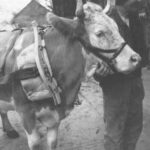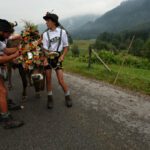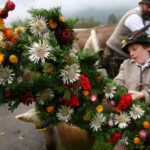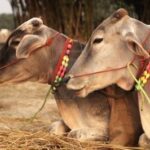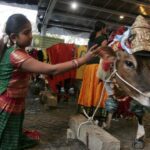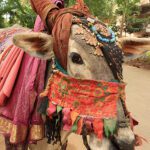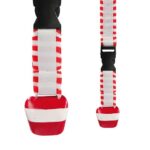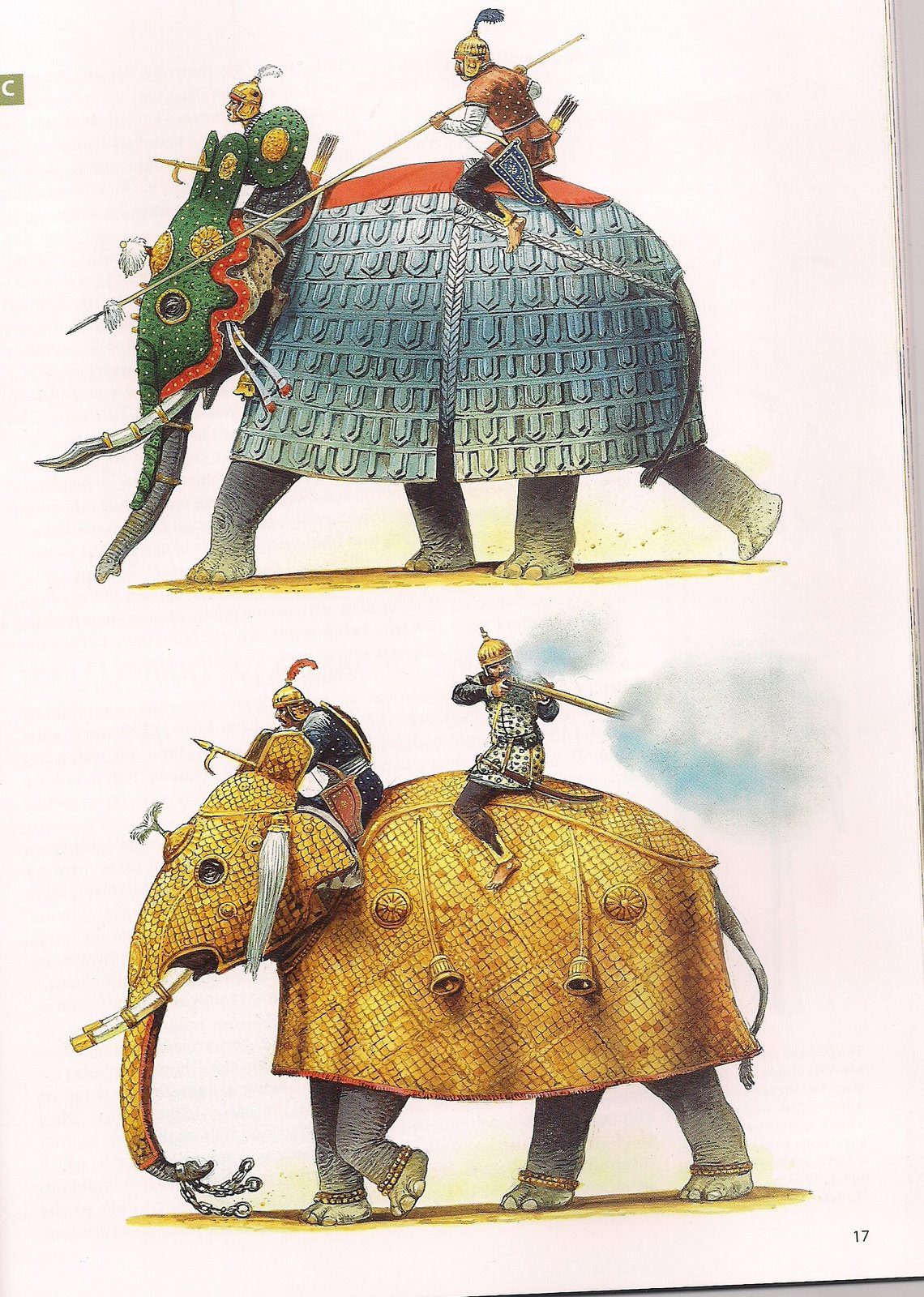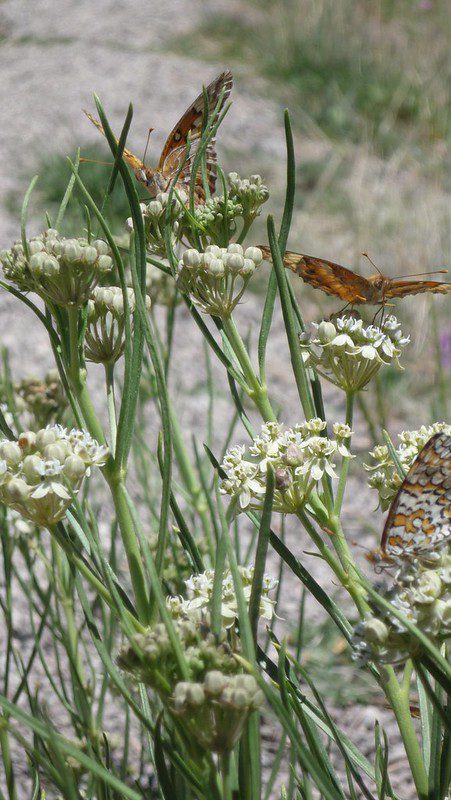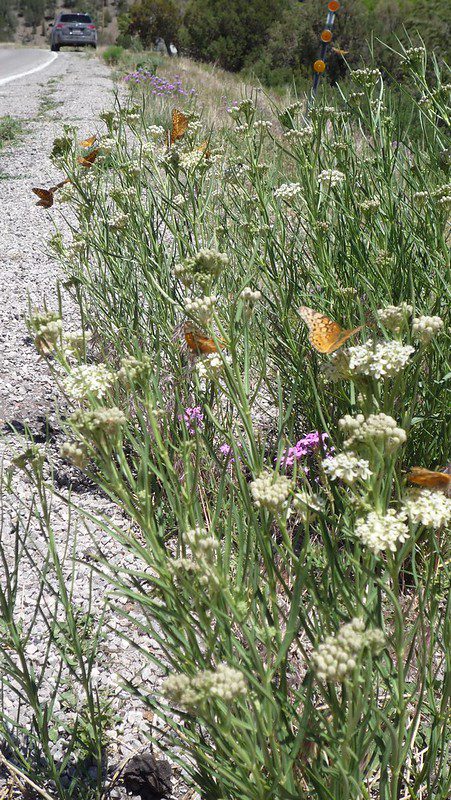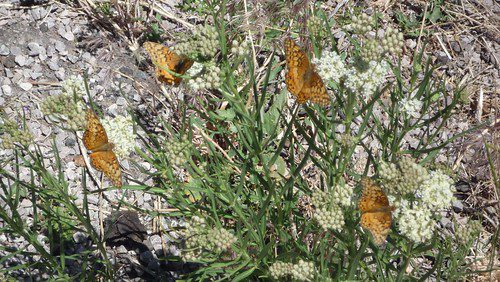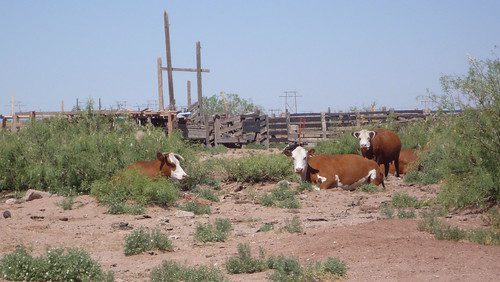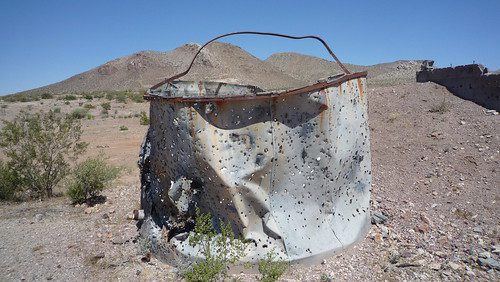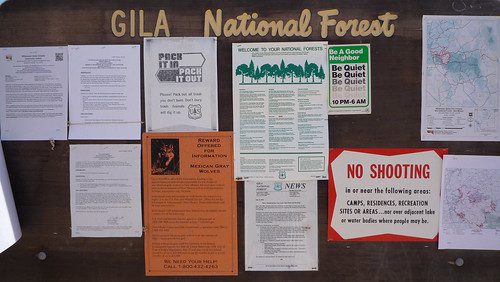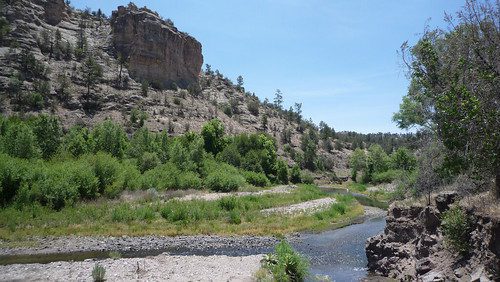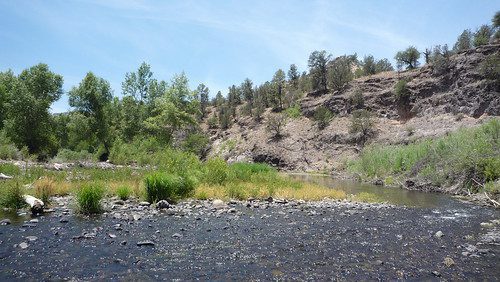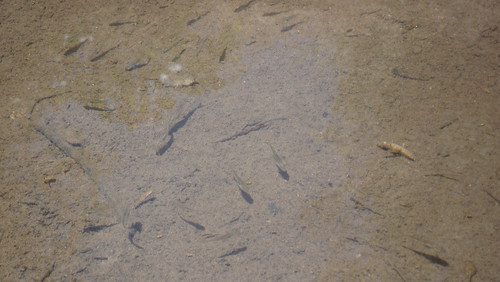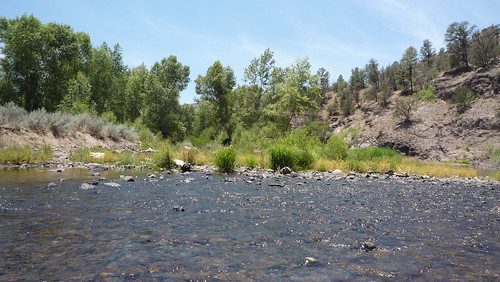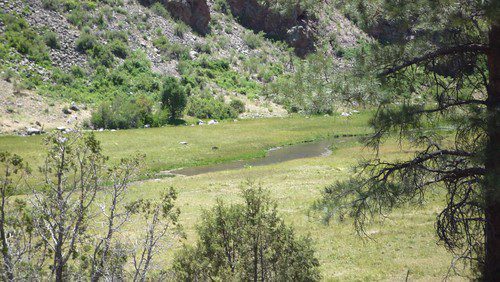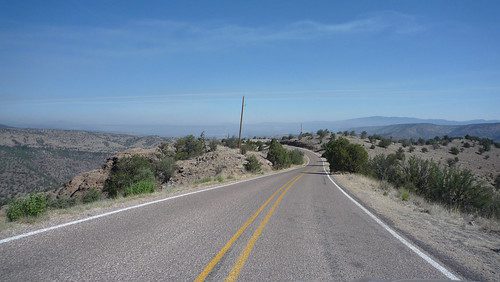Research Journal
-
June 15, 2012
Animal decor
Tags:The significant advantages of using a collar harness rather than a yoke are universally recognized. -
June 15, 2012
Cataphract and other animal armor
Tags:

The Chanfron took it’s denomination from the part of the horse’s head that it covered. It was a mask that protected the horse in battle but also often hindered the horse from seeing right before him, perhaps to prevent being intimidated by any objects which might lessen the celerity of its charge. This piece is forged from 18 gauge steel and is fully functional but also makes a wonderful wall hanger. This item has been discontinued and only very limited supply remains
Historically, the cataphract was a very heavily armored horseman, with both the rider and steed draped from head to toe in scale armor, while typically wielding a kontos or lance as their weapon. (Thanks wikipedia)

Mughal war elephants
1700’s Indian War Elephant Armor
Cat and mouse armor by Jeff de Boer
Armour (or armor) in animals is external or superficial protection against attack by predators, formed as part of the body (rather than the behavioural use of protective external objects), usually through the hardening of body tissues, outgrowths or secretions. It has therefore mostly developed in ‘prey’ species. Armoured structures are usually composed of hardened mineral deposits, chitin, bone or keratin.
Armour is evident on numerous animal species from both current and prehistoric times. Dinosaurs such as Ankylosaurus, as well as other Thyreophora (armoured dinosaurs such as Ankylosauria and Stegosauria), grew thick plate-like armour on their bodies as well as offensive armour appendages such as the thagomizer or a club. The armour took many forms, including osteoderms, spikes, horns and plates. Other dinosaurs such as ceratopsian dinosaurs as well as some sauropods such as Saltasaurus and Agustinia, grew armour to defend themselves, although armour in sauropods overall is uncommon.
In modern times, some molluscs employ the use of shells as armour, and armour is evident in the chitinous exoskeleton of arthropods. Fish use armour in the form of scales, whether ‘cosmoid’, ‘ganoid’ or ‘placoid’ and in some cases spines, such as on fish such as the stickleback. The chalky plate, or cuttlebone, of cuttlefish also acts as armour. Most reptiles have scaly skin which protects them from predators in addition to water retention; the crocodile’s exoskeleton and the shells of the Chelonia – tortoises, turtles and terrapins.
Numerous mammals employ the use of spines and body armour, although not as sturdy as reptilian armour, like the spines of the Echidna and spiny anteaters and of porcupines and hedgehogs. The bony shell of the armadillos and the extinct Glyptodon were very much like Ankylosaurus’ armour and some modern armadillos curl up into a ball when threatened, making them unexposed due to their armour. Similarly, the hairy plate-like scales of the pangolin are employed in the same way and are constructed of the same material used in the offensive armour, the horn, of the rhinoceros.
Armour, although all used for the sole intent to ward off attackers, can be split into defensive and offensive armour. Examples of offensive armour are horns, hooves, antlers, claws and beaks, clubs and pincers, as developed in some mammals, birds, reptiles (including dinosaurs, such as the dromaeosaurid claw and the ceratopsian horn) and arthropods. Offensive armour is often used in conjunction with defensive armour and in some cases makes an animal almost unassailable. – wikipedia
-
-
June 15, 2012
Albuquerque
Tags:Drove the long way up from Silver City today, past Glenwood, Reserve, and Aragon again. Nice to feel some familiarity with the terrain, and even some of the mercantile community. I’m very grateful how open people are, and they make time.
Drove by the Very Large Array, and then tried to high tail it up here.
I’m staying at the Monterey Non-Smokers Hotel (? !) on Route 66. Right near the old town. Totally tourist. But whatever. Nice and slow.. it was 100 degrees. Shady plaza, more super friendly people. It was a relief to walk around after hours and hours in the car.Tonight I took a back street to get back to the motel from Garcia‘s where I ate tamales. I ended up walking along the edge of a private golf course. Before I really processed it, the cold (actually wet and frigid!) air that floated off the green green grass, and the smell of earth crept toward me; I swooned. It was almost revolting, after 15 days in the desert. Sprinklers on high, rows and rows of them. All I can think of is draining water tables and drying rivers (I’ve been a water waster by habit). Between that and the motel’s azure kidney-shaped pool, I had body shock (not culture shock, I’m not that dramatic).
VLA:

-
June 13, 2012
Carnivores’ give and take
Tags:This is an editorial on the Rewilding Institute‘s web site by Dave Parsons:
What’s the big deal about carnivores?
A large body of literature supports the conclusion that large carnivores are critical components of healthy and biologically diverse ecosystems. Large carnivores tend to promote plant and animal diversity and ecosystem complexity.
Their removal can unleash a cascade of effects and changes throughout all ecosystem trophic levels reducing biological diversity, simplifying ecosystem structure and function, and interfering with ecological processes. Their return to impoverished ecosystems can reverse the cascade and restore diversity and complexity to ecosystems.
We are witnessing such ecological rebirth in Yellowstone National Park following the return of the wolf to that ecosystem. Riparian willows and cottonwoods are returning because elk spend more time moving and hiding to avoid becoming wolf scat. With their table reset, beavers are returning to the streams.
These “ecological engineers” provide homes for myriad critters from aquatic insects to fish to songbirds. The extent of changes is certainly far more complex than we can observe or document.
The critical role of carnivores kicks in when viable populations are allowed to persist at ecologically effective population densities over large areas—really large areas.
“Areas apparently needed to maintain viable populations [of large carnivores] over centuries are so large as to strain credibility; they certainly strain political acceptance.” Noss et al. (1996:950)
-
June 13, 2012
doubt and conviction
Tags:Why do I need to know all of this? One problem with being a generalist is where to start and when to stop. You feel like a dilettante, you ARE a dabbler. You hope that your naivete serves to make connections where others are more entrenched. You hope that these connections serve some larger snapshot.
Like any kind of literacy, the land needs to be read for signs of life beyond the picturesque. In order to unpack the mythology that comprises what we call the Wild, or the Open Range, it’s crucial to recognize nuance. I have found, so far, nuances – 1000 doors behind each one: the door of fire, the door of the wolf, the door of the rivers, the door of water at large, and of drought, the door of grasslands diversity, the door of cattle breeds and husbandry, the door of the Apache perspective, the door of the Mimbres cultural mysteries, the maze of ranchers, enviros, politicians, Federal workers, biologists. In a desert, perhaps more than other ecosystems, nuance is everything.
I will never be here, in this particular place which is both unique and also representative of problems of The West, long enough to be literate in all the nuances.But in listening the last 2 weeks to a diversity of people who are rooted in this landscape and deeply invested in the biopolitics of the Southwest in one way or another, statements come leaping out at me, rich with image, with conviction, with metaphor. Everyone expresses conviction. I feel doubt. My questions have become simple, at the tail of long conversations that unfold like tiny labyrinths for enormous centipedes.
Is there any hope here?
Do you think people can bridge the polarized divide?
What is the wolf a symbol of to you, how do you picture it, what sort of character does it possess? -
June 13, 2012
Cattle and wolves
Tags:One perspective:
CATTLE and WOLVES
Michael Robinson 2003
from Public Lands Ranching…Cattle require huge quantities of water means they will always be vulnerable to wolves in the American West. For in this largely arid region, water and water-loving vegetation are so scarce, and scattered over such wide areas, that cattle must be similarly spread out, and that makes protecting them from wolves uneconomical; thus, as their forebears did, ranchers rely on federal agents to kill or remove wolves. Domestic sheep, much less numerous in the West than cattle, are even more vulnerable to predators, especially when flocks are not well protected. Thus, although wolves are a federally listed endangered species, their containment and control by the federal government constitutes one more subsidy that taxpayers provide the livestock industry in the West. (Some ranchers would no doubt happily dispense with this subsidy, as long as they were free to kill wolves at will, including putting out poison baits for them, as was common in the nineteenth century.)
The Southwest
In the Southwest, Mexican wolf reintroduction began in 1998, almost two decades after the last five individuals were removed from the wild for an emergency captive breeding program. The Mexican wolf, a separate subspecies from the gray wolf inhabiting regions to the north, originally roamed throughout Arizona, New Mexico, and Texas, as well as northern Mexico. It, too, was extirpated from the United States by the federal government. Although the Mexican wolf is the most imperiled mammal in North America, it was designated “experimental, nonessential” like its kin in Idaho and the Yellowstone region, in an attempt to buy off livestock industry support for reintroduction.
It didn’t work. Soon after the first eleven wolves were released, five were shot, two disappeared, and the remainder were recaptured for their own protection. The livestock industry cheered the killings, and the New Mexico Farm Bureau and Cattle Growers Association filed suit to remove the wolves but were rebuffed in court.
Over the next two years, government management of the Mexican wolves in conformance with their diminished protected status did even more damage than had the poachers. In 1999, the first released Mexican wolves to reproduce successfully in the wild were recaptured from the Apache National Forest in Arizona after they killed a couple of cows on national forest lands. In the course of that recapturing, three of the wild-born pups died from parvovirus. According to the veterinarian who necropsied them, the pups were already in the process of overcoming the disease at the time of capture, but the stress of that event likely caused them to succumb. After the survivors were rereleased into the Gila National Forest in New Mexico, two of the surviving pups dispersed from the pack at a younger age than is normal for wolves, and one is missing and presumed dead. Biologists do not know whether their period of captivity altered their behavior.
Another pack of Mexican wolves also preyed on cattle on the Apache National Forest, but in this case the cattle were illegally present, having been ordered out by the Forest Service because of severe overgrazing. There was so little forage present that deer and javelina had already been displaced. The rancher failed to remove his cattle, and Forest Service officials failed to enforce their own order-which they later rescinded. Meanwhile, the U.S. Fish and Wildlife Service, unable to force the Forest Service to uphold its own decisions, managed to draw the wolves away to another (overgrazed) allotment on the Gila National Forest. But the wolves had become habituated to cattle, and a week after they discovered and scavenged on a dead cow in the Gila, they began killing cattle again. As a result, seven wolves were trapped, and one pup and a yearling disappeared; both likely died.A third family of wolves didn’t kill livestock at all. But they were also recaptured after scavenging on a dead cow and horse left out on the forest. It was feared that the wolves might learn to prey on livestock after they had tasted beef. In the course of the government’s trapping effort, the adult female’s leg was injured in a leghold trap and had to be amputated. The pack was re-released into the Gila, but again, a previously tight family unit broke apart soon after. Two pups were subsequently trapped and returned to cages.
My observation is a little clumsy, but I think there’s something to it. These are grazing allotments. Nearly the entire Gila National Forest is leased to ranchers. These are HUGE allotments, where cattle are some times set to roam for months on end, drifting, eating, birthing calves. Actually, as I understand it, it’s even more complex: cow/calf pairs are released on range land, or entire groups of yearlings — one year old cows who get to spend a year eating grass before they are sold and transported to feed lots. The problem with these yearlings (as I understand it) is that they have no education in self-defense, and do not herd together (we saw many single cows or small groups widely dispersed). The cattle remind me of human adolescents, and much like American human animals, their humans would like a trouble-free environment to allow them to remain safe at all costs. We are a country that likes its comfort, and our sugar/alcohol/ritalin/ to normalize us and take the edge off. We are not alert as humans, so why would we want our livestock to be? I am making a distinction between alert and stressed out.
People complain about stress levels to the cows who, because of the wolf, now need to be ever vigilant. But even without the wolves, there were/are certainly bear and lion predations. Better husbandry practices or different breeds of cattle with horns and sharper herding instincts seem like a better idea than letting coddled complacent kids with no experience roam around in the wild alone. This is just my opinion based on observation here and in W. Texas, where I learned about people like Bud Williams and his stockmanship program. I was introduced to Ed Fredrickson, who was at UNM Las Cruces in the Agriculture Dept, and did extensive research on the Criollo cattle, a heritage breed from S. America who are small, tough, sharp-horned, and have good herding instincts. They are also accustomed to arid ecologies, and not as dependent on copious amounts of water, which is so precious and engineered in the desert. European breeds tend to need a lot of water, and hesitate to leave the bottom lands and flat stream sides, where they not only overgraze but also destroy riparian areas along the streams. This leads to unhealthy silty streams, and when the rains come, there is no vegetation to hold the debris back or stop the waters from becoming flood-threats.
-
-
June 13, 2012
water 2: the gila river near gila hot springs
Tags:Nuff said?
I know these posts are lame. Too much to process.
I was in heaven today walking along the Gila. Yes I was close to a campground and road. But no I didn’t care. Maybe one car drove by. And why is that the defining factor anyway? The defining factors: a pair of hawks’ high pitched tiffs, chasing each other in and out of the rock face. The willows’ chesty breath in the wind. Minnows. Cool water and a rocky bottom. Dazzle of sun. Green, green grasses and I counted at least 25 species of plants, many in flower. Typical heaven.
Polypogon monspeliensis (Rabbitsfoot grass); introduced/native to s. Europe 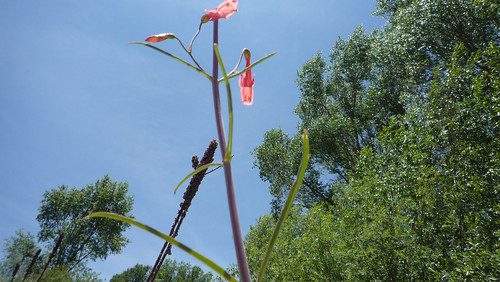
Penstemon rostriflorus Kellogg (Beaked beardtongue); native 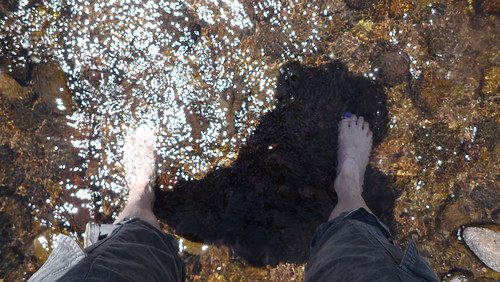
I loved being there, but I’m not that schooled yet in healthy rivers. This is, as it turns out, good riparian. You can see willows on the left bank, and many varied grasses. But there is another area along the Gila with dense riparian – trees, brush, grasses, so thick you can’t see through it. Is that super healthy?
On highway 12 from Reserve to Aragon, I passed the Tularosa River that I (two weeks ago) would have thought picturesque:
But in a flood, there’s nothing to hold debris back or silt from collecting in it.
It’s most likely been overgrazed with little rest to allow the natural riparian to return.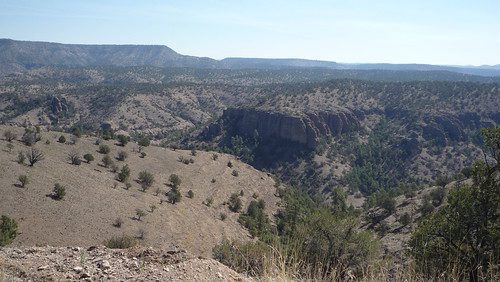
Super volcanoes! 30 million years ago. Map of volcanoes and that flat sided ledge is the leftover center of one of the caldera.
I was told today that the Chiricahua Apache walked this land when the ground was still hot.Drive through Pinos Altos to Gila Hot Springs:
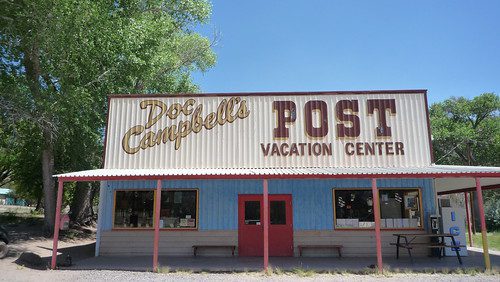
The store and resort in Gila Hot Springs where I spoke with owner Ysabel Campbell, 4th generation (still in the Gila Wilderness because they homesteaded this land) -
June 13, 2012
water 1
Tags: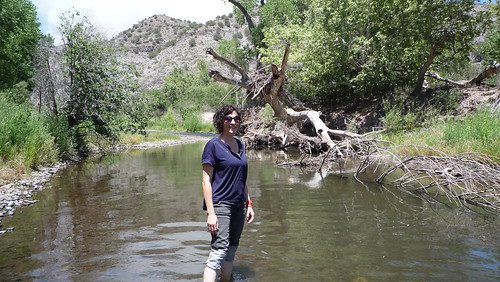
Standing in the Gila River My view of the Gila is skewed by the season.
It’s almost the pinnacle of dry season, and the last couple of years have been at drought-level.
The rains should come in July, but meanwhile, I drive around seeing as many kinds of dry as their are snow.
As I’ve been driving around seeing so much dry cracked parched earth, when I see water – any water – my body has a reaction long before I process desire into language. A muddy stock tank (disappointment), a trickle (scanning the landscape), a still puddle in a creek bottom near a source (crestfallen), a bright-sided narrow running stream (joy), a river like this one, hidden as it is behind a dense riparian screen (awe and a total need to get in it, shoes and jeans, to slide and splash along its fairly shallow course). The Gila River is another story of the West: it’s a long tributary of the Colorado; it’s one of the last free-flowing “wild” rivers in the Southwest and the arterial mainstream of the Gila. The river is of course another site of contest; a river – although not wolfishly furry – is the big symbol of use and identity as it snakes through the land in the West.This recent article again describes the polarities and the issues and is worthy of a long social analysis.
Stemming from America’s first wilderness area, the Gila River flows through the mountains of southwestern New Mexico, across the high desert and through the heart of Arizona, providing water to farmers and communities along the way.
The last free-flowing river in New Mexico and one of the few in the Southwest to hold on to so many of its native fish communities, changes could be in store for the Gila.
New Mexico is finally on the verge of accessing billions of gallons of river water through a series of settlements that stretch back to the late 1960s. Along with access to the water comes millions of dollars in federal funding to help develop that water.
The question that state water managers and residents throughout southwestern New Mexico are grappling with is how to best accomplish that.
With much of New Mexico in the clutches of a persistent drought, few want to turn down the opportunity for a new source of water. However, diverting any water from the river will cost money, and no one wants to upset the balance of the river’s already fragile ecology.
Catron County Commission Chairman Hugh McKeen called the process frustrating and aggravating. He accused environmentalists of pushing an agenda that has resulted in overgrown forests and a crippled economy.
“In Arizona, there are dams on the Gila and the San Francisco. You see lakes,” he said. “We only have one little lake in Catron County, the biggest county in the state. Why are we so backward? Wherever you see dams and lakes, you see prosperity. You see people with a future.”
Others see the Gila as an iconic river. They argue that 14,000 acre-feet can be realized through smarter management and conservation rather than skimming water from the river during high flows, as allowed by the settlement.
This is not a simple matter of water for human use vs water as a symbol.
